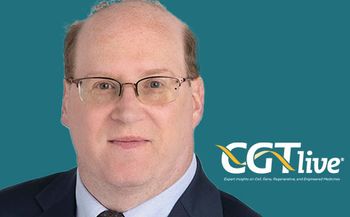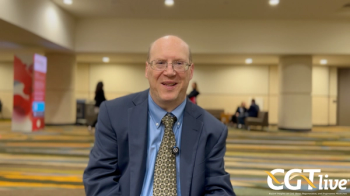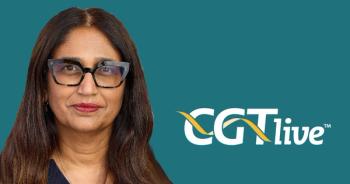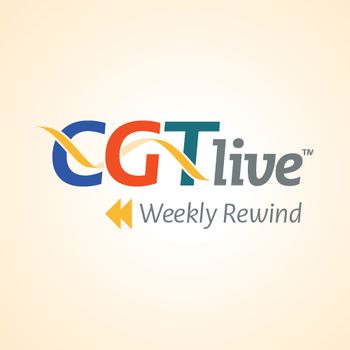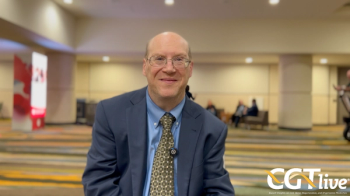
Dose-Intensive Regimens Appear Promising in Hodgkin’s, NHL
SAN DIEGO--The longest follow-up studies to date on dose-intensive therapy with peripheral blood stem cell or bone marrow support in patients with Hodgkin’s disease or non-Hodgkin’s lymphoma (NHL) show some promising results with specific drug regimens.
SAN DIEGO--The longest follow-up studies to date on dose-intensive therapy with peripheral blood stem cell or bone marrow support in patients with Hodgkins disease or non-Hodgkins lymphoma (NHL) show some promising results with specific drug regimens.
Roger Herzig, MD, director of the University of Louisvilles blood and marrow transplant program, presented the data from the North American Marrow Transplant Group (NAMTG) at the Sixth International Symposium on Recent Advances in Hematopoietic Stem Cell Transplantation, sponsored by the University of San Diego.
"We suspected that these regimens could lead to long-term cures, and now we have supporting data," Dr. Herzig commented. "Nearly half of the Hodgkins disease patients who were treated with transplant are alive and well, and the malignant lymphoma patients who had a complete response after transplant or who went into the transplant in complete response have probably a 40% cure rate."
The Hodgkins disease study was conducted between January 1987 and June 1993. The 131 patients, who had all failed conventional therapy, were treated with a single regimen using continuous infusion of CBVi (cyclophosphamide, car-mustine, etoposite). Their median age was 27 years.
Of these patients, 112 (85%) responded, and 91 (70%) had a complete response. Notably, the median follow-up for these patients is 5 years (range, 3 to 10 years), with 44% survival (95% CI, 33% to 51%). The NAMTG researchers did not detect any patient characteristics that predicted a poor outcome.
Malignant Lymphoma Study
In the study on malignant lymphoma, 108 patients were treated between 1987 and 1994. All of these patients--71 men and 37 women--received total body irradiation, as well as etoposide and cyclophosphamide. Among these patients, 83% responded to the treatment; 44 patients have died of recurrent or progressive disease.
In this study, experiencing a complete response and having a high Karnofsky score were both associated with better outcomes.
"The patients who achieved a complete remission had an overall long-term survival rate of about 40% to 50%, which is quite good," Dr. Herzig observed. While B symptoms have been associated with poorer outcomes in the past, the present analysis did not detect a difference.
Newsletter
Stay at the forefront of cutting-edge science with CGT—your direct line to expert insights, breakthrough data, and real-time coverage of the latest advancements in cell and gene therapy.

